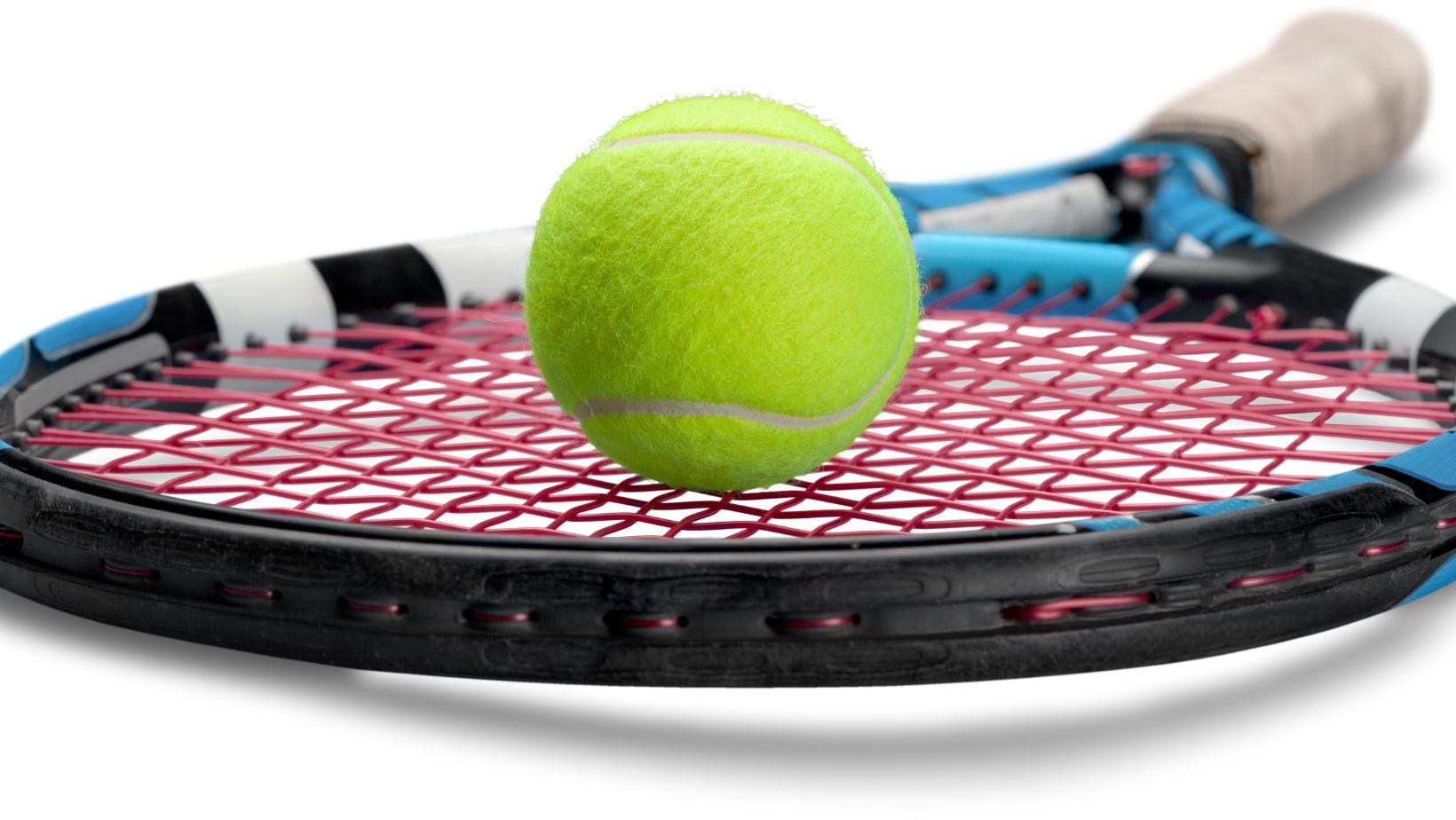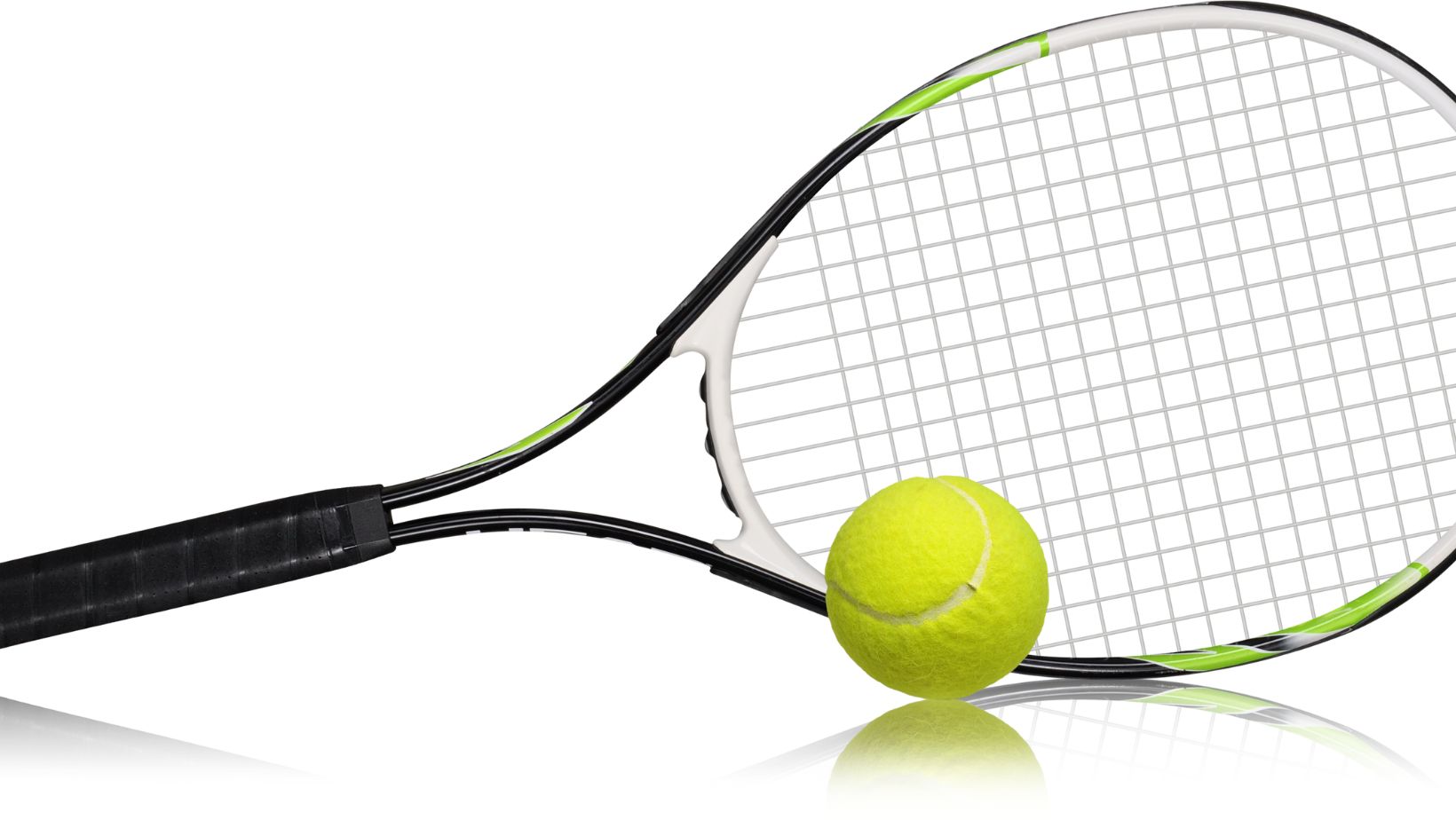Tennis is a famous sport that calls for ability, approach, and the right gadget. Certainly, one of the largest pieces of equipment for any tennis participant is the Racket. The right racket can beautify your overall performance and make a significant difference in your recreation. But, with so many selections available in the marketplace, choosing the right tennis racket can be a daunting task. Visit this website to purchase a lightweight and best-quality tennis racket that complements the player’s grip and stroke style. They have a variety of sizes, shapes, and weights to suit the needs of the individual player.
This newsletter will offer you a comprehensive guide to the elements to consider when selecting the right tennis racket.
1. Skill Stage
Before you begin looking for a tennis racket, it’s far more necessary to determine your skill level. Exclusive rackets are designed for gamers of different talent ranges. Beginners may additionally decide upon rackets that offer extra strength and forgiveness, while superior players might also opt for rackets that offer more control and precision. Choosing a racket that matches your ability level can help you maximize your capability and improve your recreation.
2. Head Size
The top size of a tennis racket refers to the size of the racket’s hitting surface. It’s miles are measured in square inches. Rackets with large head sizes provide a bigger sweet spot, making it less difficult to hit the ball with power and consistency. Those rackets are perfect for novices and players who are seeking more forgiveness. However, rackets with smaller head sizes offer more manipulation and precision. Advanced gamers who have advanced their technique might also decide upon rackets with smaller head sizes.
3. Weight
The weight of a tennis racket plays a necessary role in figuring out the overall experience and performance of the racket. Rackets are available in quite a number of weights, from light to heavy. Lighter rackets are easier to maneuver and generate greater racket head velocity, taking into consideration more energy and spin.

Those rackets are appropriate for beginners and players with shorter swings. Heavier rackets, alternatively, offer more stability and manipulation. Advanced players who have a longer swing and generate more power can also opt for heavier rackets.
4. Stability
The balance of a tennis racket refers to the distribution of weight along with the length of the racket. Rackets can be categorized as head-heavy, head-mild, or evenly balanced. Head-heavy rackets have more weight within the head, imparting greater electricity and stability. These rackets are best for gamers who rely on strength and have a shorter swing. Head-light rackets have more weight in the handle, imparting extra maneuverability and control. Those rackets are suitable for gamers who select a faster swing and depend on their approach. Lightly balanced rackets provide a balance between energy and manipulation and are appropriate for an extensive range of players.
5. String Pattern
The string pattern of a tennis racket refers back to the range of principal strings and pass strings. Rackets can have an open string pattern or a dense string sample. Rackets with an open string pattern (e.g., 16×19) provide more spin capability and electricity. Those rackets are suitable for gamers who generate their power and prefer greater spin. Rackets with a dense string sample (e.g., 18×20) provide more control and sturdiness. Those rackets are ideal for gamers who depend on their technique and accuracy.
6. Grip Length
The grip length of a tennis racket is the circumference of the handle. It’s absolutely necessary to pick a racket with the proper grip size to ensure an easy and impervious grip. A grip that is too narrow might result in instability and a lack of control, while a grip that is too big can be uncomfortable and interfere with your technique.

You could measure the distance between the top of your ring finger and the second crease of your palm to determine the proper grip size. The correct grip length can then be determined by matching the dimensions.
7. Material and Construction
The material and production of a tennis racket can notably impact its overall performance and sturdiness. Rackets are generally manufactured from graphite, aluminum, or a mixture of both. Graphite rackets are lightweight, provide high-quality electricity, are easy to manage, and are favored by most players. Aluminum rackets are more affordable but have a tendency to be heavier and much less durable. The construction of the racket, along with the frame stiffness and beam width, can also affect its overall performance. Stiffer frames offer more manageability, while more flexible frames provide extra strength.
8. Strive Before You Purchase
In relation to choosing the right tennis racket, nothing beats attempting it for yourself. Visit a local tennis court or borrow rackets from buddies and check them out in the courtroom. Pay close attention to how the racket feels in your hand, how it reacts to your strokes, and how it affects your everyday play. This practical method can help you make an informed decision by improving your understanding of what works best for you.
Conclusion
Deciding on the right tennis racket is a personal choice that depends on various factors, including skill degree, head length, weight, balance, string pattern, grip size, cloth, and production. It’s imperative to make an effort to research and reflect on these elements before making a purchase. By selecting a racket that suits your needs and gambling style, you can enhance your performance and take your recreation to the next level. So, exit there, strive for one-of-a-kind rackets, and find the one that seems like an extension of your arm at the court.
My name is Andrea Thompson and I’m a home based freelance writer. I’m 23 years old, married to my best friend, and mother to a wonderfully independent and opinionated 3 year old girl and step-mother to a sweet seven year old boy. I live in a tiny, little town in Kentucky, where I spend my free time fishing with my kids.
Writing has always been my passion, which I followed through high school, and for a while in college. Life happened, and once I discovered we were pregnant, I switched directions; opting for the healthcare industry because of the stability.
Finally, years later, I was in a place where I could leave the day job that never truly made me happy, and pursue my dreams. I’ve built, and am still building, my writing career from scratch. But, I’m passionate and I’m good at what I do. And, in the end, I can prove to my daughter that she can do anything she wants with this life.





